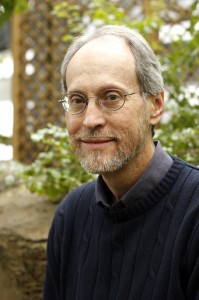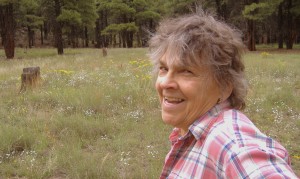 Superstition Review is excited to announce our publication of Lee Martin for our next issue, due out this December.
Superstition Review is excited to announce our publication of Lee Martin for our next issue, due out this December.
Martin is the author of The Bright Forever, and three other novels, including his latest, Break the Skin, which was published by Crown in June 2011. His fiction and nonfiction have appeared in such places as Harper’s, Ms., Creative Nonfiction, The Georgia Review, The Kenyon Review, Fourth Genre, River Teeth, The Southern Review, Prairie Schooner, and Glimmer Train. He is the winner of the Mary McCarthy Prize in Short Fiction and fellowships from the National Endowment for the Arts and the Ohio Arts Council. He teaches in the MFA Program at Ohio State University, where he was the winner of the 2006 Alumni Award for Distinguished Teaching.
Click here for a trailer for Martin’s latest novel, and here for a brief clip of Lee Martin speaking about the story and characters he has created for it.
Superstition Review also had the opportunity to speak with Martin:
Superstition Review: What first made you fall in love with literature?
Lee Martin: I was an only child who spent a good deal of time sitting on porches, in kitchens, in barber shops, listening to the adults tell stories. I was always in love with language. My mother was a grade school teacher, and she had books in our home. She read to me when I was a child. When I started school, I asked my teacher for permission to take my books home to show my mother. I was so proud of them! Before those first school days, when I stayed with my grandmother while my mother was teaching, I would take books off the shelves in her bedroom and sit on the floor with them. I couldn’t read, but I loved the way the books felt in my hands. I loved the way they smelled. I loved the patterns the text made on the pages. All of this is to say, that from an early age I knew books and I had an aesthetic response to them. It was only natural that I would eventually want to write books of my own. I got serious about the prospect of that when I went to the MFA program at the University of Arkansas in 1982. Five years later, I published my first story. At the time, I decided to apply at Arkansas, I was coordinating an Educational Talent Search program that helped culturally or financially disadvantaged people get into college. I shouldn’t admit this to the taxpayers (we were a federally funded program), but I always found ways to spend some time working on my stories when I was supposed to be doing other things for my job. I knew, then, it was time to make a choice to either pursue my craft completely or to give it up. My decision to accept the offer from Arkansas sent me down a path that I’ve never regretted.
SR: What are some of the best things about being both a teacher of literature, as well as a creator of it?
LM: I do love to teach. I love the intense conversations we can have over the choices a writer has made in a story or an essay. I love seeing students develop their skills. I also love those moments of solitude when it’s just me and the page, and I have this material I want to shape, and little by little I do it, which makes me feel that I’ve reached into the world and done something with a little part of it. I like the uncertainty of that process and how it finally comes to something that coheres. Finally, I love doing a reading or talking to classes at the universities I visit. I love performing my work, and I love sharing what I’ve come to know over the years with writers who are just at the beginning of their journeys. I guess, to answer your question more pointedly, I love it all. I love everything about being a teacher and a writer.
SR: If you could offer your students–or any aspiring writers for that matter–just one piece of advice, what would it be?
LM: I think it’s so important to begin to read a good deal and to read the way a writer does–to read with an eye toward the various artistic choices that a writer makes and what those choices allow and, perhaps, don’t allow. Young writers in undergraduate programs will have plenty of opportunity to read the way a literary theorist does, but it’s important to remember that stories, poems, essays, and novels are made objects. If you want to write them yourselves, you have to start figuring out how they get made.
Look for Lee Martin’s work in the forthcoming issue of Superstition Review.
